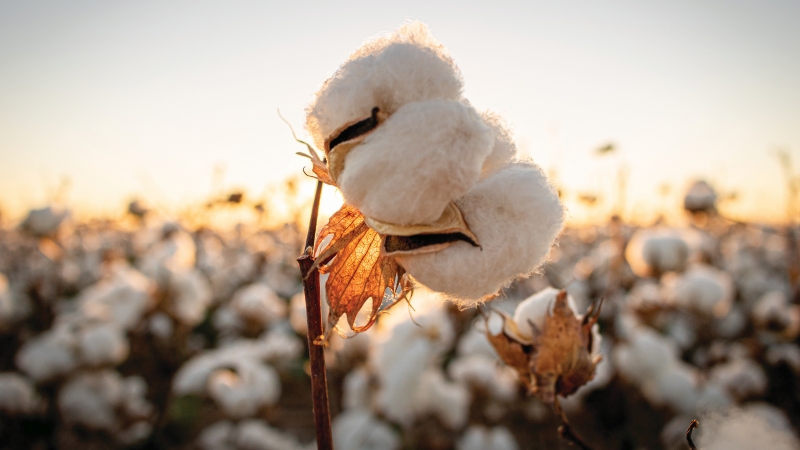Solving Environmental Challenges
Unfortunately, a commodity as important as cotton cannot remain unaffected by external market forces. Last year’s global financial crisis hit the cotton industry, and all of its related businesses, hard. A few main cotton players went completely out of business and the remaining entities suffered from the huge pressure for survival.
Fortunately, since October of 2009, the cotton business is reviving again thanks to improvements in the global economy that gave back some purchasing power to global consumers. Consumers are returning to the shops to spend their money and the textile industry, among other industries, is benefiting from that spending. Retailers are starting to place new orders with textile firms who are, in turn, returning to cotton purchasing which, in turn, is improving our cotton trading businesses.
The lack of physical cotton due to lower cotton production in several countries (a result of last year’s lower demand which made farmers plant less cotton than usual) has pushed up cotton prices for the past few months. While the near future for cotton looks better, I do not believe that the economy is completely recovered from last year’s historical recession and I advise prudence to all my cotton friends. Future shocks may result from the present unhealthy economy — and cotton cannot stay safe from these external market forces given its importance in the global macro-economy. It could be hit hard again.
Water and Energy
For cotton to survive in the future and to maintain its global prominence, it has to overcome two of the most important challenges of our future society: water and energy. Are we able to provide enough water and energy to cover the needs of our world’s future population? Being a main user of water (between 7,000 to 29,000 liters of water are used to produce a kilogram of cotton), cotton needs to be produced in larger quantities, but with less water. Humankind is challenged to find ways to improve the productivity of cotton using less land and less water and less energy.
Biotechnology and genetically modified cotton are already providing some answers to these future challenges. Humanity must find new technologies to improve quantities of cotton while taking care of our environment and becoming a truly sustainable business. Cotton production has to become ecological; it must help preserve our precious environment.
Organic cotton is another answer to the above issues. Global sales of organic cotton have increased from $1.9 billion in 2007 to $3.2 billion in 2008 and will continue to increase as final consumers become more environmentally conscious and consider factors other than just price when buying clothes.
About one third of all global pesticide applications are used for the production of cotton, while significant amounts of toxic chemical pollutants and dyes are released through wastewater during textiles treatments. Technology to increase the production of colored cotton, which eliminates the need for a chemical-dyeing process, is environment friendly and will contribute to the sustainability of cotton in future.
If cotton does not succeed in being the preferred textile product of customers, its consumption will decline. Therefore, cotton promotional organizations such as Cotton Incorporated and others are extremely important in promoting cotton consumption through consumer awareness/information, research and development, advertising and other methods.
In summary, for our cotton business to survive, all of the different cotton business groups must join hands to ensure that cotton can meet tomorrow’s environmental challenges.









